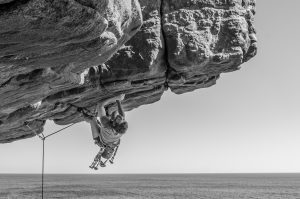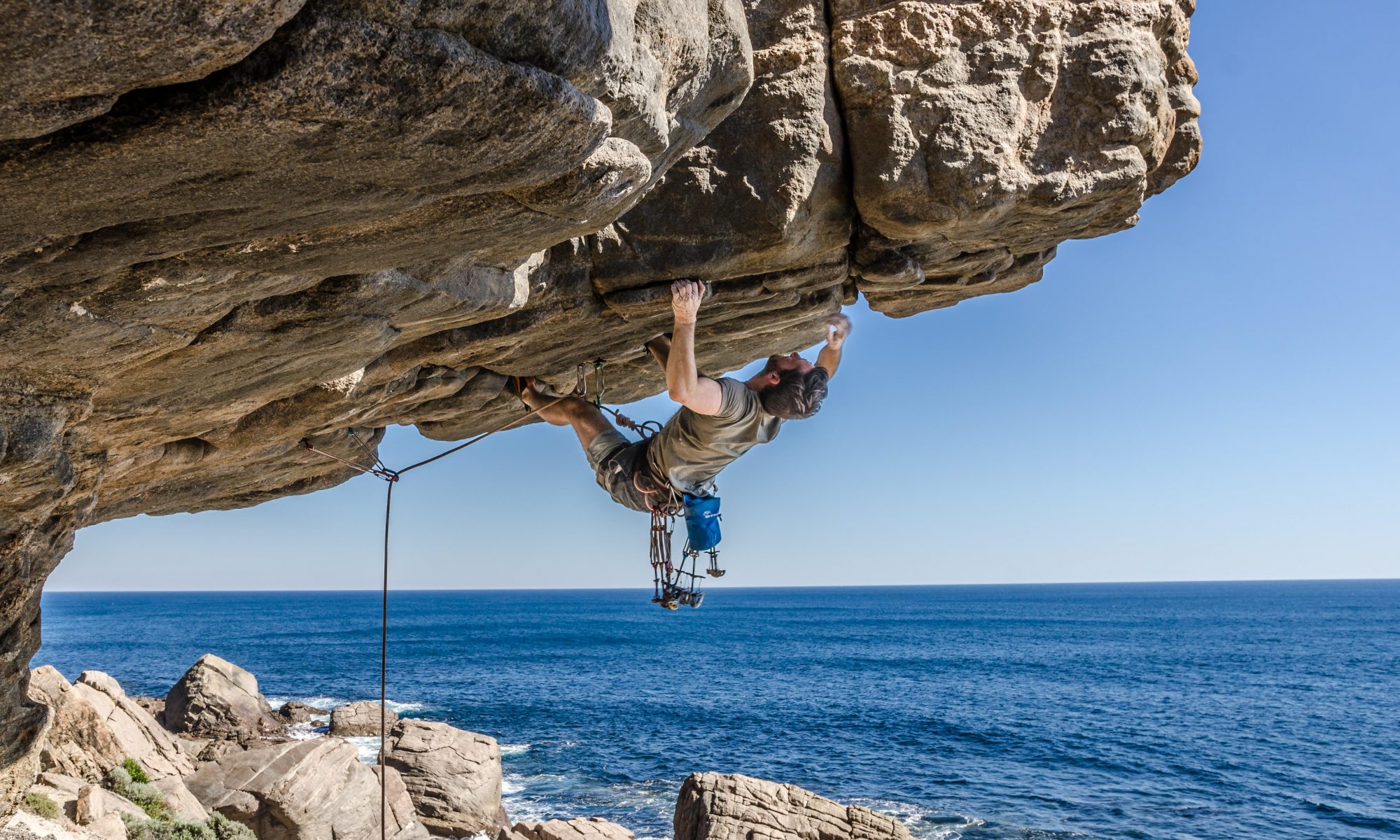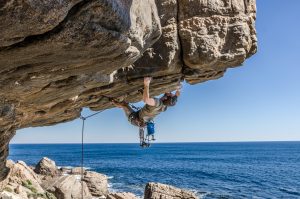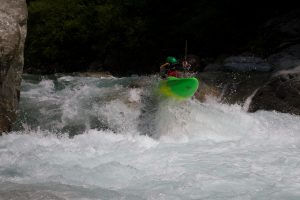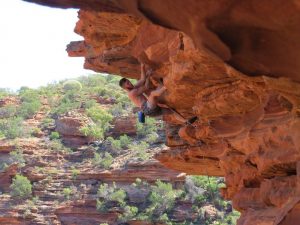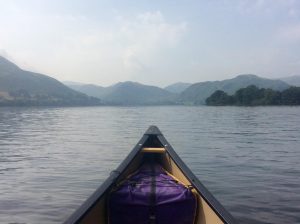Developing Skill Part 1. Listening to the elite
During my undergraduate years in the mid-1990s, I had two fascinating conversations that left a very big and lasting impression on me. One was with a paddler called Aled Lloyd Williams, then a member and coach of the UK rodeo team (now known as freestyle); the other was with a climber called Johnny Dawes who was arguably the most revolutionary climber of that era.
Developing Skill Part 2. Information, autonomy and playing in the ‘ugly zone’
How do highly skilled performers become so tightly attuned to the information in their performance environments? In an interview about other elite paddlers, Nouria Newmann said of Ariol Serrasolses “I would like to be in his brain for a river to see what he sees. I think he just perceives things differently.”
Developing Skill Part 2. The climbing version
Developing affordances for movement in climbing. Working a boulder problem is a great example of highly motivated, highly autonomous, deep practice. It necessitates spending a lot of time in the ugly zone playing and exploring in it with focus, effort and passion.
Developing Skill Part 3. They say you can’t learn feel…!
When the environment is changeable, focusing on a ‘perfect’ technique can be at odds with the performance needs of the environment. How can we ensure that practice will support the development of adaptive expertise?
Perception action coupling. Why was it “Too hard for George Smith”?
Why was it ‘Too hard for George Smith?’ Sports with serious consequences and high levels of risk mean that the development of perception-action coupling is more about the wider perceptual field and decision making. This blog looks at how levels of perceived and real risk will influence the type of practice you do.
